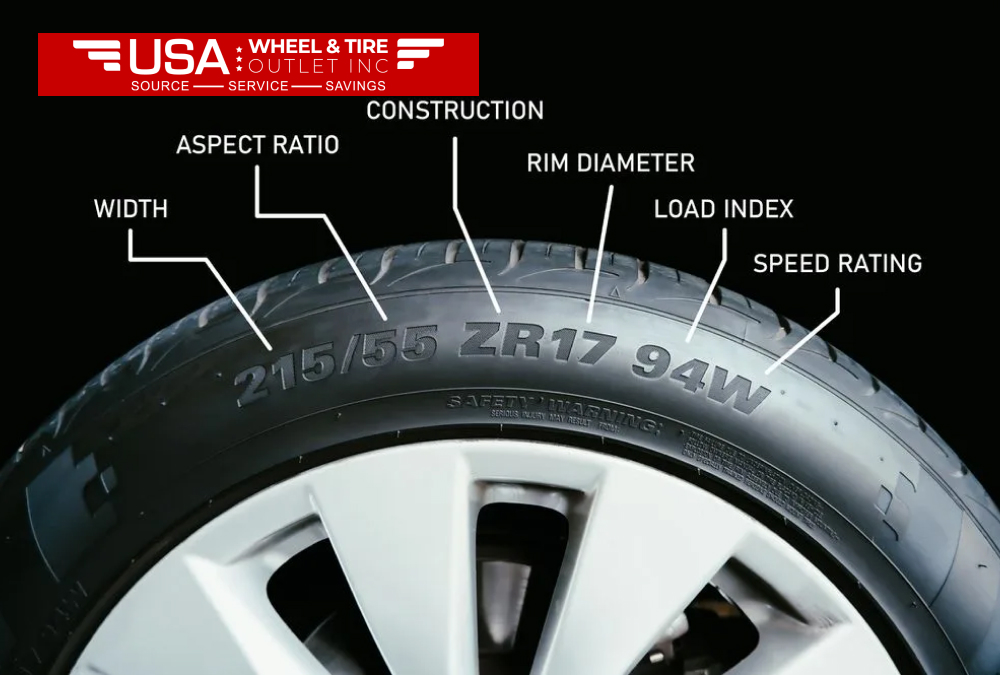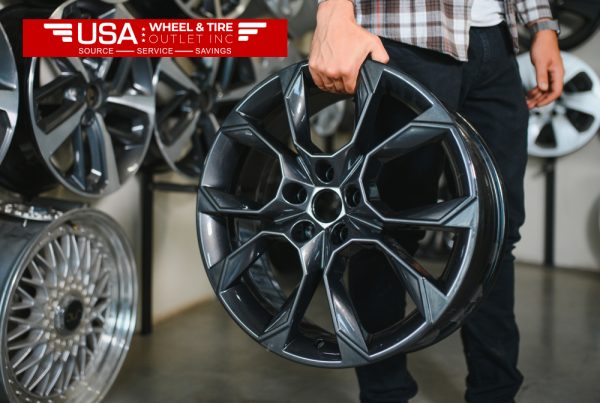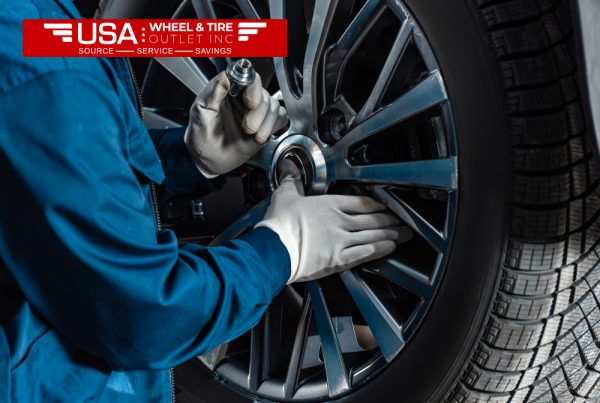Knowing your tires can make all the difference in safety, performance, and durability. Much of this will depend on reading a tire sidewall code that allows you to be informed about maintenance and replacement decisions. Here is an easy-to-read guide that helps you decode any codes and numbers contained on your tire sidewall.
Tire Sidewall Decoder.
A car tire’s sidewall possesses a series of numbers and letters that provides the most useful information about specifications. Let’s break apart the parts of a typical tire sidewall code.
1. Tire Type
The first letter tells you the tire is for. Some common labels are:
P: Tires designed for use on passenger vehicles.
LT: Light truck tires.
T: Temporary spare tires.
For example, “P225/65R17” starts with a “P,” which means it is designed for car or light truck use and would be classified as a passenger vehicle tire.
2. Tire Width
Next is the three-digit number that may appear, for instance, 225. In this case, it refers to the width of the tire in millimeters sidewall to sidewall. The wider the tire usually offers better grip on the road, keeping stable while a narrow one can let one get better fuel efficiency.
3. Aspect Ratio
The next figure- something like 65-is the aspect ratio, that is, the height of the sidewall as a percentage of the width of the tire. In this case, a 65 means the sidewall height is 65% of the tire’s width. A lower aspect ratio tends to reveal a sportier tire with better handling, and a higher aspect ratio may mean a more comfortable ride.
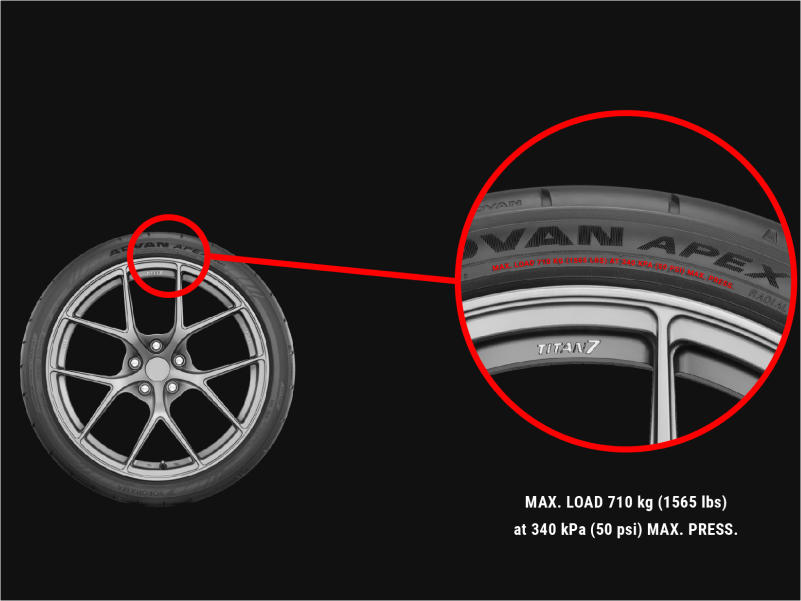
4. Tire Construction
The last letter of the number/suffix may indicate the construction type of the tire. Typical most common designation is “R”, meaning radial; radial tires are comprised of layers of fabric arranged radially from the center, giving it better performance and durability. Other types have the letter “D” for diagonal or bias ply.
5. Rim Diameter
The following number, e.g. 17, is the diameter of the wheel rim in inches. This is an important measurement because it can tell you if your tire has the ability to fit your vehicle’s wheels so you’ll want your diameters to line up for proper installation and safety.
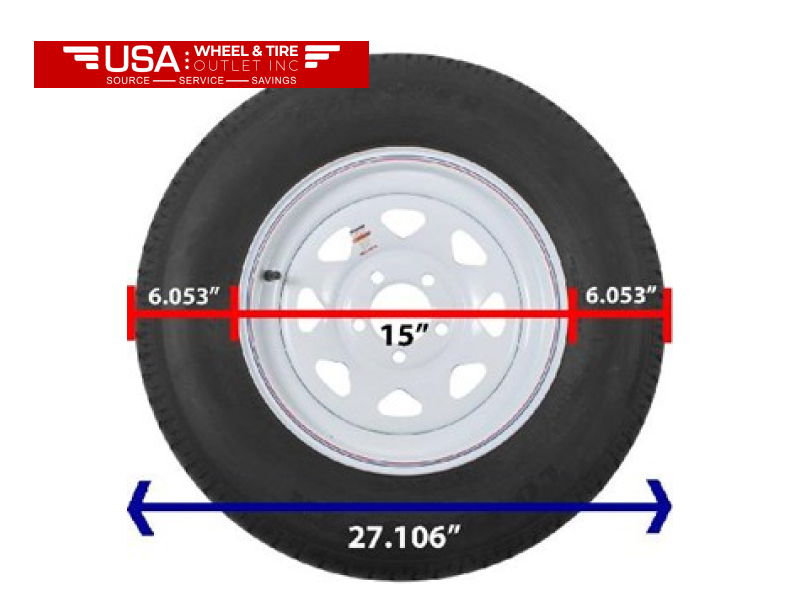
6. Load Index
The load index, if shown, is usually directly following the rim diameter. Here, of course, it is not visible but is usually located after the rim size. The load index is the highest load a tire may be used with when inflated properly. For safety, this needs to be at least matched or exceeded, especially if you lift or drive in harsh conditions often.
7. Speed Rating
The last symbol on the sidewall is the speed rating of your tire. Available speed ratings are:
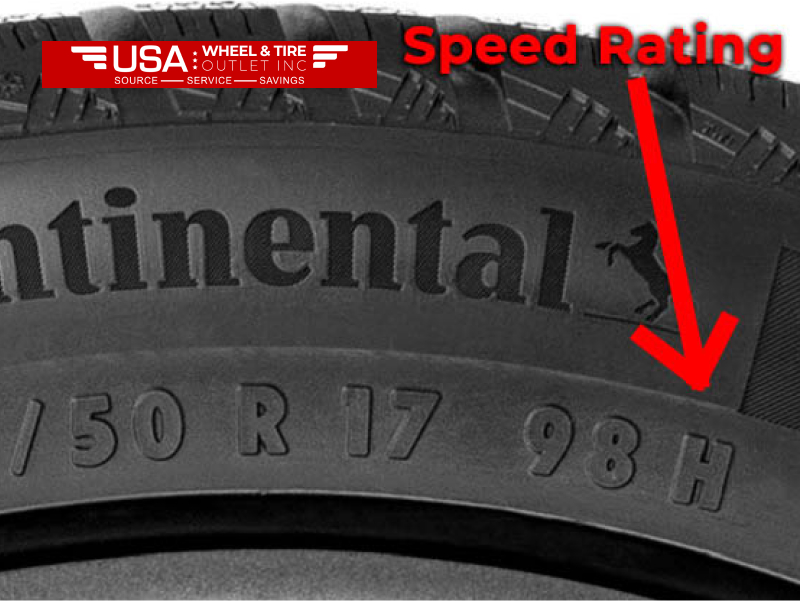
P: 93 mph
S: 112 mph
T: 118 mph
H: 130 mph
V: 149 mph
The speed rating allows you to choose tires that meet or exceed your driving behavior.
8. Other Important Features
Other sidewall markings are:
DOT Code: This code indicates that the tire has to meet Department of Transportation standards. There will be a series of numbers and letters that show where the tire was manufactured and when.
Tread wear Indicators: These are small bars within the tire tread grooves that show when the tread reaches 2/32 of an inch, and it is time for a new tire.
Temperature and Traction Grades: These ratings tell you about the performance of the tire under different conditions.
Conclusion
Reading a sidewall can be intimidating, but knowing what’s on it will enhance the safety and performance of your automobile. Monitor your tires for wear and ensure they meet the specifications. This helps in achieving a smoother ride, better fuel efficiency, and, most importantly, improved safety during driving. So the next time you glance at your tires, take a few moments to study the tire sidewall; with advice from USA Wheels and Tires, it could save you from an issue down the road.
Read Also: Tires 101: Seasonal Tires for Your Car
Tire Sidewall FAQs
1. What does the “P” in tire markings signify?
The “P” indicates the tire is for passenger vehicles. Without a “P,” the tire may be made for light trucks, or other purposes designated for it.
2. How do you know if a tire fits your car?
Check your sidewall for the rim diameter and the tire width. The size of the rim would have to match with the vehicle that you are having, but also the width of the tire has to be in the specified fitment area presented by the manufacturer.
3. What is the meaning of the load index?
This index will give you the maximum weight which the tire can safely carry when it is correctly inflated. You should, therefore, opt for tires that have a load index equal to or more than the load index on your vehicle.
4. How do I know if my tires are overdue for replacement?
Tread wear indicators: Inside the tread grooves and in the sidewall, you’ll see them: those thin little bars of rubber. When they are even with the tread, it’s time to replace your tires: they have worn down to the minimum safe level.
5. What is a speed rating, and why does it matter?
Speed rating: This represents the recommended highest speed rating up to which a tire safely travels. Proper selection of speed rating for tires on your vehicle is essential to ensure both safety and performance, especially at higher speeds.

